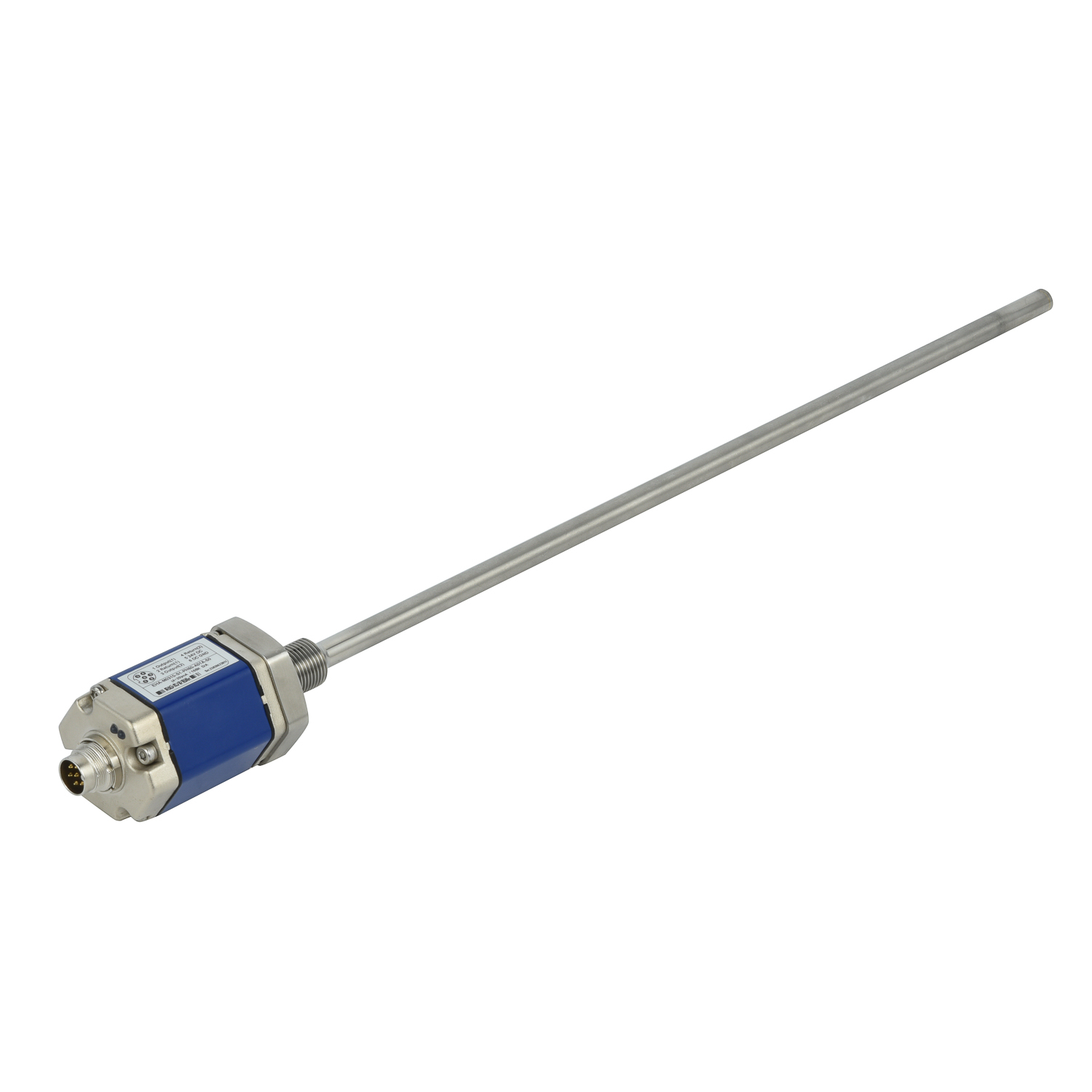HowtoChoosetheBestMagnetostrictiveLiquidLevelGaugeforYourTank
Understanding Magnetostrictive Liquid Level Gauges
Magnetostrictive liquid level gauges represent the pinnacle of precision in tank level measurement technology. These sophisticated instruments operate on a simple yet brilliant physical principle: they measure the interaction between a magnetic field generated by a current pulse through a wire and the magnetic field of a permanent magnet mounted on a float. The time delay between the transmitted and reflected torsional wave precisely determines the liquid level position. Unlike traditional float gauges or pressure sensors, magnetostrictive technology delivers exceptional accuracy, often within millimeters, making it ideal for applications where precise inventory control or process efficiency is critical. Industries ranging from chemical processing to oil and gas rely on these gauges for their reliability and precision in demanding environments.
Key Factors in Selecting Your Magnetostrictive Gauge
Choosing the right magnetostrictive liquid level gauge requires careful consideration of several crucial parameters. First, assess your accuracy requirements - industrial applications typically need gauges with ±0.05% to ±0.01% full-scale accuracy. The measuring range should comfortably exceed your tank's maximum level while considering the probe's structural integrity. Material compatibility is equally vital; ensure the wetted materials (typically the probe and float) can withstand your liquid's chemical properties, temperature, and pressure conditions. For corrosive environments, options like Hastelloy probes and Teflon-coated floats provide superior resistance. Don't overlook the output signal type - whether 4-20mA analog, HART, Profibus, or Foundation Fieldbus - as it must integrate seamlessly with your existing control systems.
Accuracy and Resolution Considerations
The exceptional accuracy of magnetostrictive level gauges stems from their non-contact measurement principle, but several factors influence their real-world performance. Temperature variations significantly impact measurement precision, so select gauges with comprehensive temperature compensation, especially for applications with wide operational temperature ranges. Resolution determines the smallest detectable level change - high-resolution gauges can detect minute level variations, essential for precise inventory management and leak detection. Consider the gauge's long-term stability and repeatability, as these factors ensure consistent performance over time without frequent recalibration. For custody transfer applications or critical process control, opt for gauges with verified long-term accuracy and minimal drift characteristics.
Installation Requirements and Best Practices
Proper installation dramatically affects the performance and longevity of your magnetostrictive level gauge. Most gauges require top-mounted installation with sufficient clearance for probe insertion and float movement. Ensure the mounting flange matches your tank's specifications and consider using stilling wells in applications with significant turbulence or surface agitation. The probe must hang freely without contacting tank walls or internal structures, as any interference can cause measurement errors or physical damage. In tall tanks, specify intermediate supports to prevent probe whipping or vibration. Electrical connections should follow industrial standards with proper grounding and shielding to prevent signal interference. Always verify the float moves freely along the entire measuring range during commissioning.
Comparing Magnetostrictive Gauges with Alternative Technologies

When evaluating magnetostrictive gauges against other level measurement technologies, several advantages become apparent. Compared to radar level gauges, magnetostrictive technology typically offers better value for applications requiring high accuracy at moderate temperatures and pressures. Unlike ultrasonic level sensors, magnetostrictive gauges aren't affected by vapor, foam, or dust in the tank headspace. They outperform traditional float gauges in accuracy and reliability while providing more precise measurements than hydrostatic tank gauging systems. However, for extremely high-temperature applications exceeding 200°C or vessels with extreme agitation, alternative technologies might be more suitable. The decision should balance accuracy requirements, environmental conditions, and budget constraints.
Maintenance and Calibration Protocols
Regular maintenance ensures your magnetostrictive liquid level gauge maintains its precision throughout its service life. Establish a preventive maintenance schedule that includes visual inspections for physical damage, verification of float movement, and electrical connection checks. Calibration should follow the manufacturer's recommendations, typically annually or biannually depending on application criticality. Many modern magnetostrictive gauges feature simple calibration procedures using magnetic tools without process shutdown. Monitor for common issues like float damage, probe coating, or electronic drift. Keep spare parts inventory including floats and electronics modules to minimize downtime. Document all maintenance activities and calibration results to track performance trends and anticipate replacement needs.
 UpgradingYourLevelMeasurementS
UpgradingYourLevelMeasurementS
 Why are magnetostrictive level
Why are magnetostrictive level
 ComparingMagnetostrictiveandRa
ComparingMagnetostrictiveandRa
 MagnetostrictiveLevelSensorfor
MagnetostrictiveLevelSensorfor
